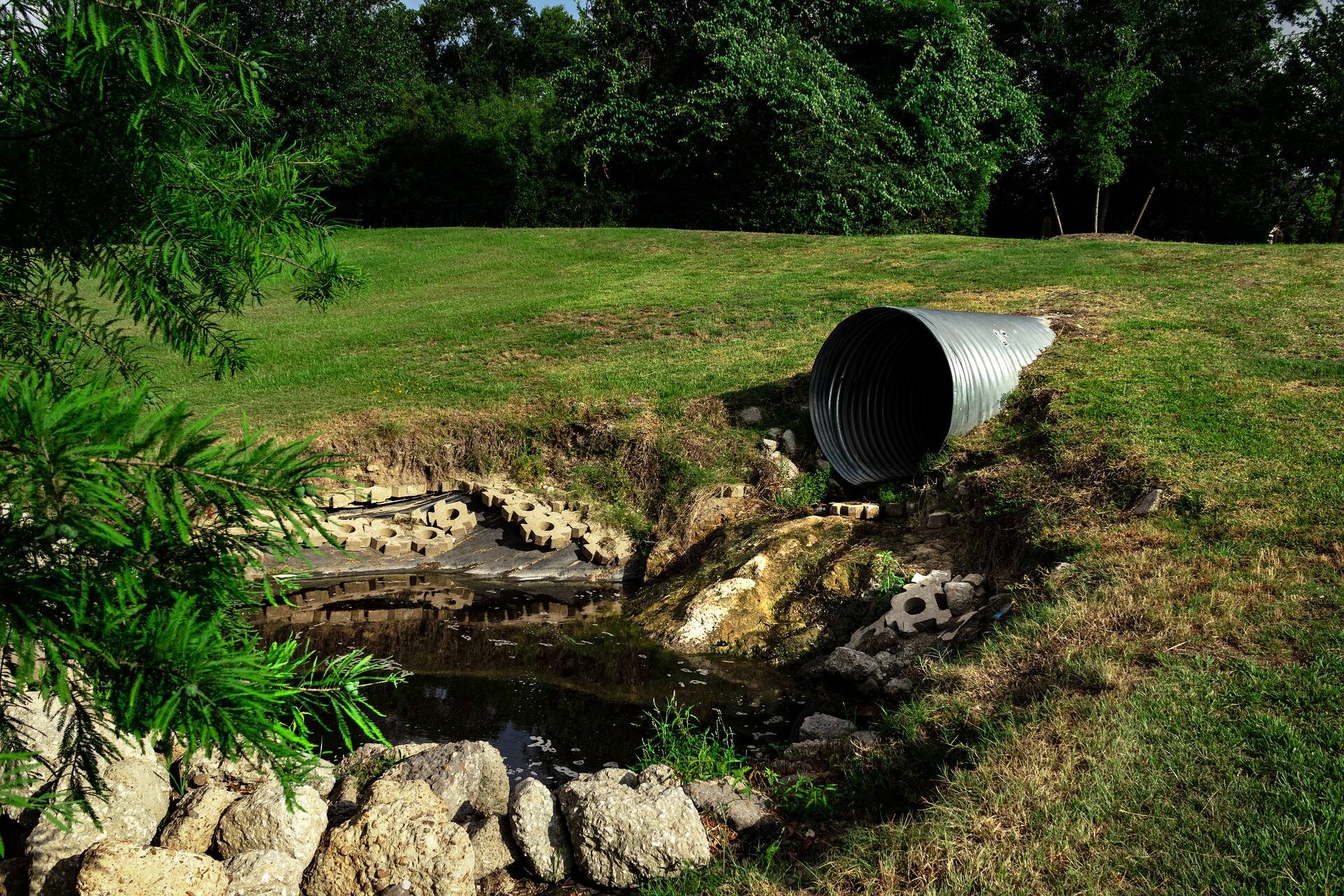You’ve reached your limit!
To continue enjoying Utility Week Innovate, brought to you in association with Utility Week Live or gain unlimited Utility Week site access choose the option that applies to you below:
Register to access Utility Week Innovate
- Get the latest insight on frontline business challenges
- Receive specialist sector newsletters to keep you informed
- Access our Utility Week Innovate content for free
- Join us in bringing collaborative innovation to life at Utility Week Live

Emma Weisbord of international consultancy Royal HaskoningDHV lays out both the need for an ecosystem of collaborators and an array of new technologies to upgrade the UK’s ageing water network, and highlights the example set by Dutch wastewater innovators.
 The UK government has unveiled its plan to crack down on the amount of raw sewage dumped into rivers and seas. It comes amid a public health outcry over pollution warnings and figures revealing more than 1,000 incidents a day of untreated sewage discharged into rivers in England in 2020.
The UK government has unveiled its plan to crack down on the amount of raw sewage dumped into rivers and seas. It comes amid a public health outcry over pollution warnings and figures revealing more than 1,000 incidents a day of untreated sewage discharged into rivers in England in 2020.
But as water companies step up to tackle the problem, will they seize a once in a generation opportunity to create the smart water utilities of the future?
The Department for Environment, Food and Rural Affairs (DEFRA) is facing immense pressure to address overflow sewage pumped into rivers and seas around England and Wales. Concern for public health and the impact on biodiversity has fuelled much of the public’s ire towards the privatised water companies. DEFRA has ordered them to clean up their act and claims its new plan calls for the “strictest targets ever” for water companies to “protect people and the environment.”
Utility companies are now expected to deliver what the government describes as the “largest ever environmental infrastructure investment,” amounting to £56 billion over 25 years. According to DEFRA, by “2035, water companies will have to improve all storm overflows discharging into or near every designated bathing water; and improve 75% of overflows discharging to high priority nature sites.”

By 2050 this will apply to all remaining storm overflows regardless of their location. Critics say this is not ambitious enough.
Investments on the scale envisaged will inevitably impact the bottom line of water companies. It’s therefore essential that they invest shrewdly and take full advantage of smart technology that can do much of the heavy lifting. For example, installing a network of sensors that monitor the flow in the sewers in real time, transmitting data to predictive software that locates blockages as, or even before, they form and initiates corrective action.
Software using AI analytics that combines real-time data, rainfall forecasts and historic data to accurately predict the choke points already exists, while continuously self-learning systems can identify overflow events up to 48 hours in advance. They also help ensure optimum flows to treatment plants so that they are running at full capacity at peak times.

- Resilience, reliability and collaborative transformation to adopt technology and innovation are among the key themes at the Utility Week Forum, which will take place in London on 8-9 November. Find out more here.
Ecosystem of collaborators
It may surprise some that, when it comes to water management, the UK is regarded as a true innovator. It is not alone. The Dutch have invested in smart water treatment in a big way.
The Water Authority Vallei en Veluwe in the Netherlands, for example, operates 16 wastewater treatment plants, processing 340 million litres of wastewater a day. That’s the equivalent to the wastewater generated by around 1.7 million people daily – based on estimates that one person in a typical home creates 200 litres of sewage per day, carrying 60 grams of biochemical oxygen demand.

The authority’s smart water management system uses real-time data and rainfall forecasts to predict flows in its network and to optimise the discharge to its treatment plants. The system can even automatically adjust aerators, pumps and valves to optimise each plant’s performance.
The result is a massive reduction of waste overflow and an ultra-efficient plant that enjoys 15% energy savings. Such technology in the UK could help transform its ageing water network.
Cost should not be a barrier. The price of sensor-rich networks has fallen dramatically. Also, by working smarter and more efficiently, the pressure on capital investment for upgrading is greatly alleviated.
Today, some forward-thinking water companies, such as United Utilities, are piloting this new technology in the UK. Now is the time for the wider sector to learn and prepare for a future where extreme weather events are the norm.
It’s clear that pressing action is needed to upgrade the nation’s wastewater infrastructure. The discharge of sewage into rivers and beaches poses health and environmental risks. It should at worst be rare and only occur in exceptional cases. It is to be hoped that there will be joined-up thinking between government institutions and the water companies.
 An ecosystem of collaborators is needed to tackle the problem and innovation must not be confined to smart technology. Of equal importance is the attitude of organisations to innovate at the edge of their fields of expertise and collaborate with other experts to deliver a practical solution.
An ecosystem of collaborators is needed to tackle the problem and innovation must not be confined to smart technology. Of equal importance is the attitude of organisations to innovate at the edge of their fields of expertise and collaborate with other experts to deliver a practical solution.
As utility companies evaluate their options, they should consider the new technologies and the array of expertise available to assist them. With the right investments there is an opportunity to not only meet the government’s targets but far exceed them and lay the foundations for the smart water utilities of the future.
 Utility Week Innovate, in collaboration with Utility Week Live aims to discover and promote innovative approaches to tackle front line business challenges through case studies, technical/project studies, networking, and live content. Be recognised as a key solution provider and meet your target audience face-to-face at UWL23. Find out more about exhibiting
Utility Week Innovate, in collaboration with Utility Week Live aims to discover and promote innovative approaches to tackle front line business challenges through case studies, technical/project studies, networking, and live content. Be recognised as a key solution provider and meet your target audience face-to-face at UWL23. Find out more about exhibiting
Please login or Register to leave a comment.